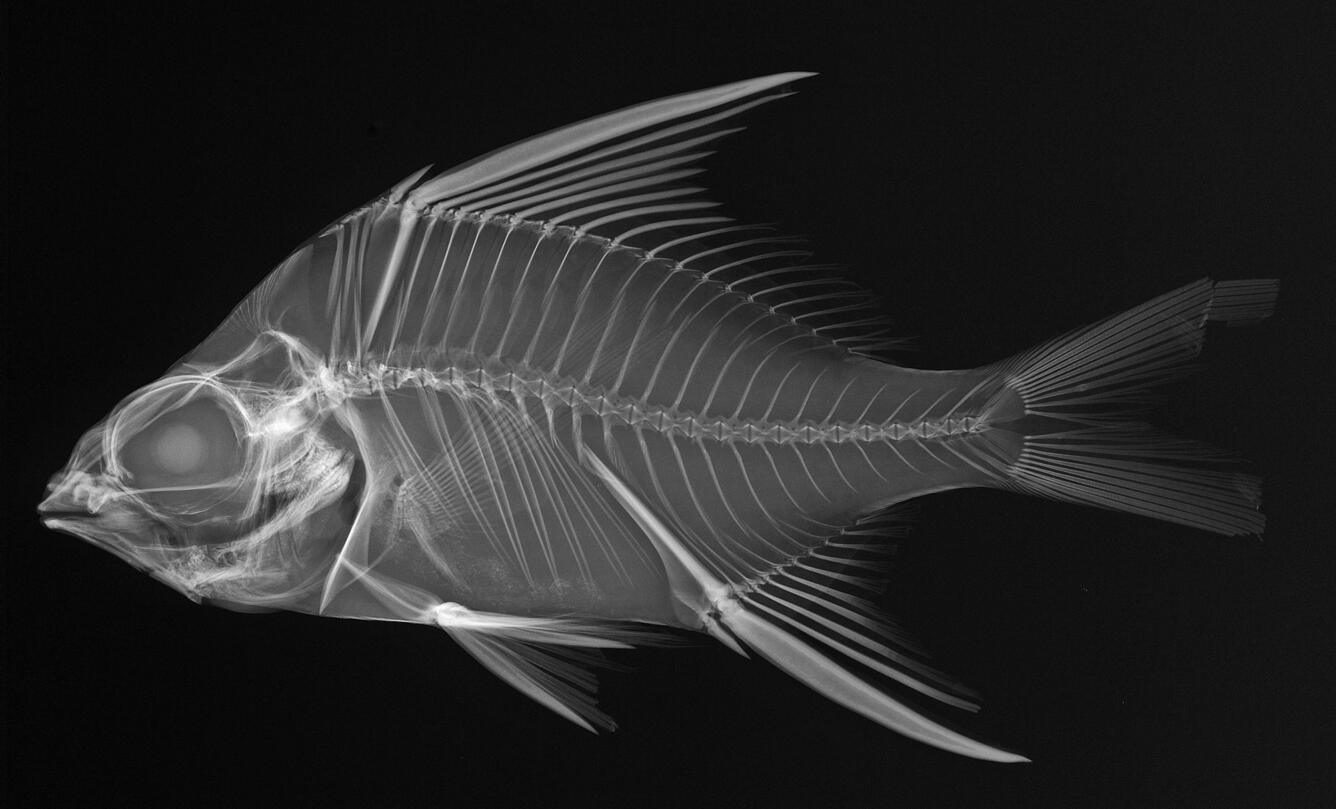EarthWord – Holotype
USGS EarthWord of the Week
This week's EarthWord, to quote Indiana Jones, belongs in a museum...
EarthWords is an on-going series in which we shed some light on the complicated, often difficult-to-pronounce language of science. Think of us as your terminology tour-guides, and meet us back here every week for a new word!
The EarthWord: Holotype
Definition:
This might sound like a keyboard from Star Wars, but it’s actually an important part of taxonomy, the science of classifying species. A holotype is the actual individual of a species that is used to formally describe it and classify it. In other words, it’s the answer to the question “How do you know this animal is the same species as that animal?”
Etymology:
Holotype is made up of the Ancient Greek word holos, meaning “whole,” and the Ancient Greek word typos, meaning “image,” among other things.
Use/Significance in the Earth Science Community:
Holotypes are very important when it comes to discovering new species. For instance, did you know a shrew is not a rodent? It’s the holotype of the Least Shrew that helps to distinguish this small mammal from a rodent.
Knowing if you have a new species or not is important too, because it’s often key to determining if that species is endangered and at risk of going extinct. For instance, to you it may look like all of those salamanders in that stream are the same as the ones you’ve seen all over the Appalachians. But if they’re actually a separate species and found only in that stream, then it’s much more important to make sure you don’t disturb them.
USGS Use:
Holotypes and taxonomy are important to various parts of USGS ecosystems research, especially endangered species work.
In addition, USGS scientists with the Biological Survey Unit help curate the collections at the Smithsonian’s National Museum of Natural History, which include some species holotypes.
Next EarthWord: When you’re not dead yet, but aren’t feeling well either, there’s an EarthWord for that...
Hungry for some science, but you don’t have time for a full-course research plate? Then check out USGS Science Snippets, our snack-sized science series that focuses on the fun, weird, and fascinating stories of USGS science.


